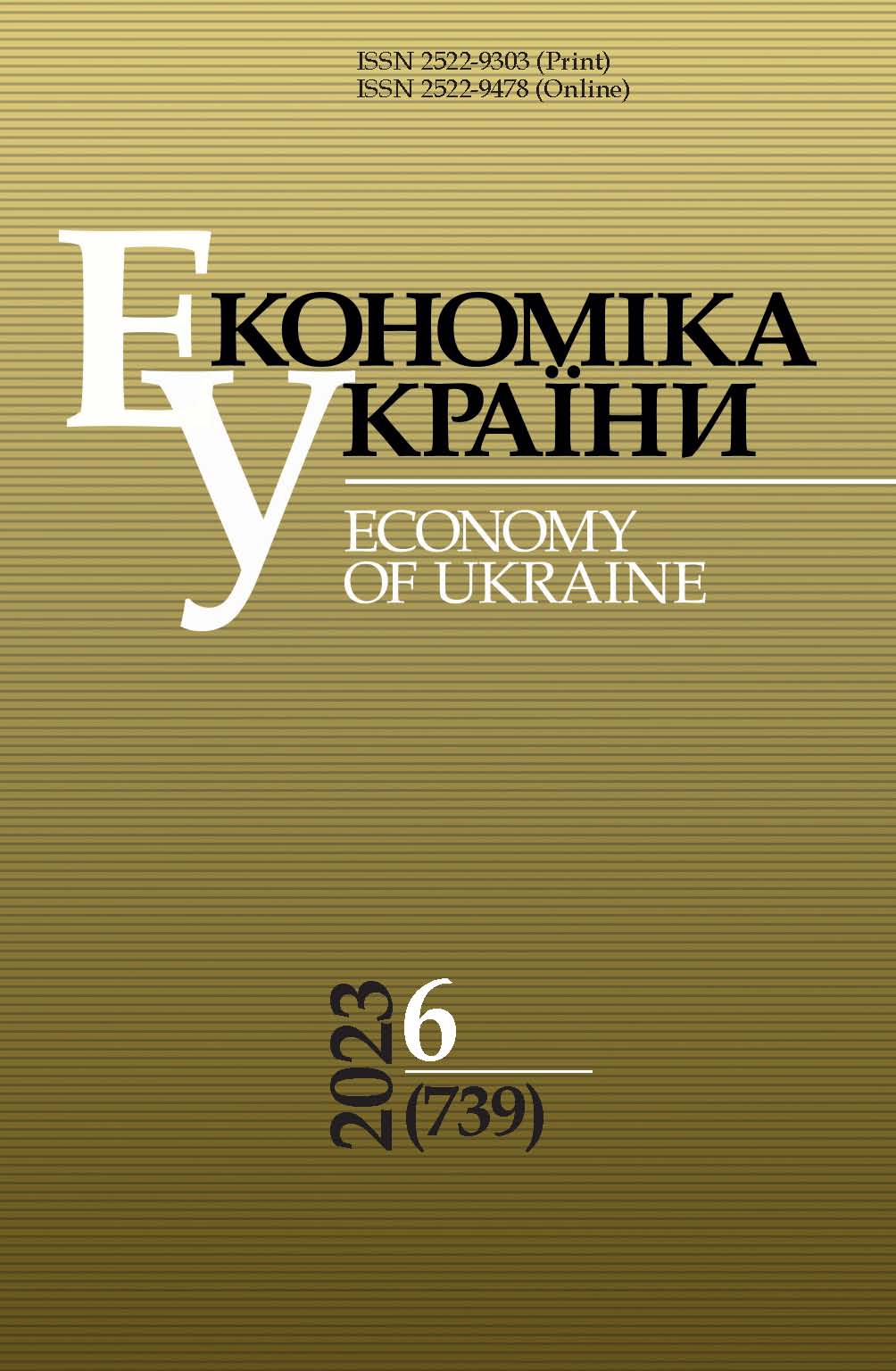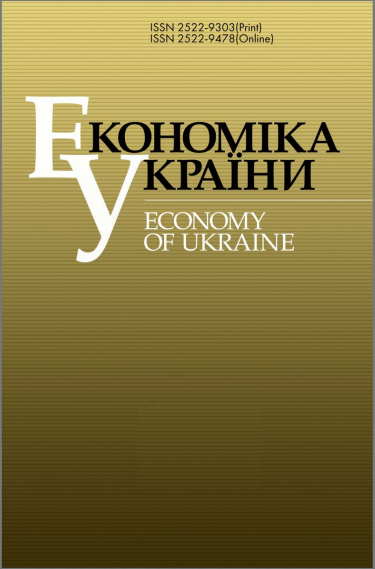SOCIO-ECONOMIC ROLE OF INCLUSIVE EDUCATIONAL HUB
DOI:
https://doi.org/10.15407/economyukr.2023.06.099Keywords:
inclusion; education; hub; socio-economic development; rehabilitation; institutionalization of inclusive educationAbstract
The structure of the inclusive educational hub as a socio-economic institution is defined. It is established that its structure should be formed by four main platforms: education, science, rehabilitation and production. This will allow the hub to accumulate the efforts of educational institutions, the potential of scientific schools, rehabilitation opportunities and the practical application of competencies, knowledge and skills of students with special educational needs through the production component.
The components of inclusive educational hub, given their functional capabilities, are endogenous determinants that shape the main directions of hub's activity and determine its role as a socio-economic phenomenon. The activity of the hub is also determined by exogenous factors that create the conditions for its operation and determine the possibilities for financing its activity.
The social role and economic significance of inclusive educational hub as a form of inclusive education institutionalization has been established. Its social importance in serving the special needs populations is enhanced by the opportunities to obtain quality education, advanced training and retraining in accordance with physical or psychological characteristics, in parallel with physical or psychological rehabilitation.
The economic result, that distinguishes the role of the hub as a full-fledged economic relations participant, consists in offering the first job for people with special needs, restoring the labor force as a factor of production, forming human capital as the basis of development, as well as obtaining profit from production activities, providing educational and rehabilitation services, attracting internal and external sources of investment.
The relationship between certain goals of Ukraine Recovery Plan and the economic leverages possessed by inclusive educational hub for their realization is determined.
References
North D. Institutions, Institutional Change and Economic Performance. Cambridge, Cambridge University Press, 1990.
doi.org/10.1017/CBO9780511808678
Reut A.G. The System of Social Services for Vulnerable Population: the Latest Trends and Innovations. Demography and social economy, 2008, No. 1, pp. 190-200. URL: dspace.nbuv.gov.ua/bitstream/handle/123456789/8799/17-Reyt.pdf?sequence=1 [in Ukrainian].
Voropayev D.S., Yezhova O.O. The basics of physical rehabilitation (general characteristics of physical rehabilitation means). Sumy, 2019 [in Ukrainian].
Inshakov O.V., Frolov D.P. The institution as a key to understanding economic arrangements. Economic Theory, 2011, No. 1, pp. 52-62. URL: etet.org.ua/docs/ET_11_1_52_uk.pdf [in Ukrainian].
Tochylina Yu. Investment in human capital as a development of national economy. Black sea economic studies, 2019, Vol. 42, pp. 45-49. URL: bses.in.ua/journals/2019/42_2019/10.pdf [in Ukrainian].
Downloads
Published
How to Cite
Issue
Section
License

This work is licensed under a Creative Commons Attribution-NonCommercial-NoDerivatives 4.0 International License.



